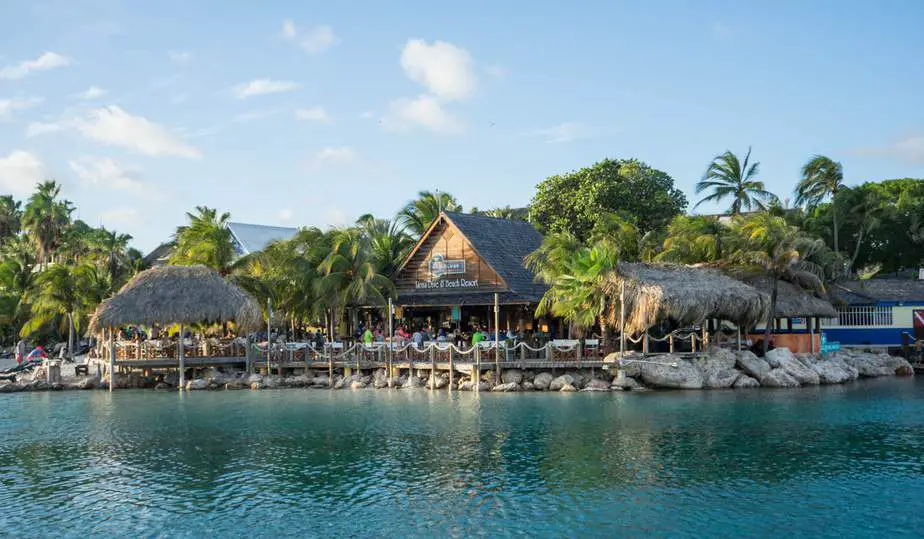If you are debating whether you should buy or rent your snorkel gear, one of the questions that no doubt has come up is whether renting snorkel gear is safe. After all, your gear is what you rely on to enjoy the underwater view, keep you afloat, and help you breathe underwater. If your gear is unreliable, then not only will your enjoyment of snorkeling be jeopardized, but so will your safety.
Is renting snorkel gear safe? For the most part, yes. Otherwise, the number of snorkeling related injuries and fatalities would be significantly higher, and dive shops and resorts worldwide would be out of business. That said, we cannot make a blanket statement that renting snorkel gear is always safe. Surely, there are some dive shops in some remote part of the world that have much lower standards and lower quality equipment in general. The risk is always there, so it’s up to you to ensure your own safety by shopping around, doing multiple checks, perhaps doing your own sanitizing, and snorkeling sensibly on top of that.
There are many downsides to renting, however there are also many upsides. Once again, we will lay out the arguments for and against renting snorkel gear, this time in the context of safety, and it is up to you to decide if the benefits outweigh the negatives or vice versa.
Why even rent in the first place?
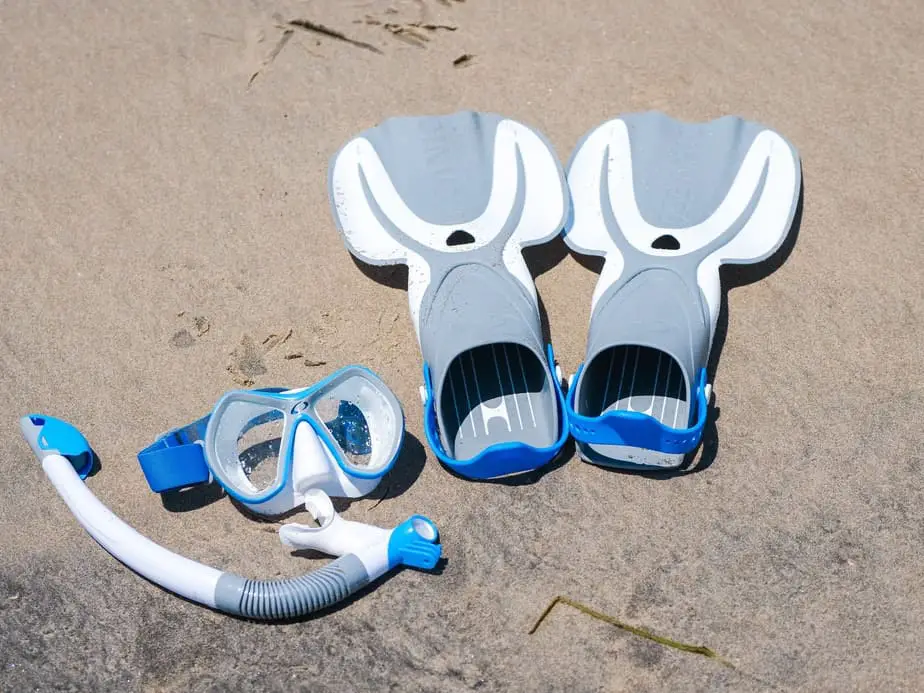
In a perfect world, the equipment that you rent would be high quality and fit you as if it were your own personal mask, snorkel, and fins. Renting would then give you the benefits of not occupying so much luggage space or the hassle of carrying it around and maintaining it yourself on a vacation. You can just arrive at the destination and rent everything you need, making travelling much easier.
In this ideal scenario where we assume the fit and quality of the equipment is perfect, we also wouldn’t worry about safety or hygiene either, because we can also assume that that’s taken care of to a perfect standard as well. We can just assume the gear is brand new, practically unused, with all the newest features working just as intended, and thoroughly sanitized.
To be fair, this is the kind of service you can expect to receive if you are snorkeling in popular destinations like Hawaii, particularly in Maui or Kauai. There’s a reason why it’s known as a tropical paradise after all.
As much as we want this ideal to be true, unfortunately reality isn’t always so rosy. Depending on where you snorkel, there is a very real possibility of getting an ill-fitting mask or snorkel where water keeps entering, the strap digs into your head, the mouthpiece is too large or small and who knows how many people have used it already. Your fins could rub painfully against your feet or slide around due to a poor fit.
You cannot expect the rental equipment provided will be as high quality as you expect unless you pay big bucks to be at a world class resort or boat tour at a top tier destination such as the Great Barrier Reef in Australia. Most of the time, you will have to settle with what’s provided and pray that it’s safe to use.
Shop around
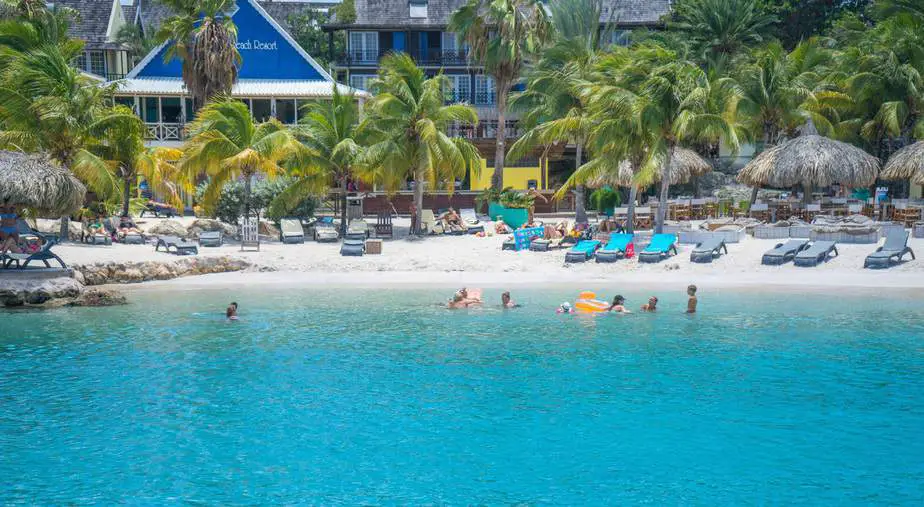
To get a reality closer to the dream scenario and far away from the nightmare scenario that was described above, you’re going to have to shop around for the best rental gear.
Before you go, you should do some detailed research on the nearby dive shops that provide snorkel gear rentals. See if there are any reviews, or if there has been any recommendations provided online by customers who have experience with their services. Many of these dive shops have their own website which you should definitely visit.
Check to see if they have any social media presence, such as a Facebook or Instagram page. This is an easy way to get a feel for their standards and the community they are located in. Also look for their phone number. Perhaps you have some specific questions you want to ask them about, so give them a call.
Another tip is to look for stores that have a pool where you can test out their gear. You want to test out the equipment before using it in the real thing. If you notice that your mask leaks terribly in the middle of your snorkeling session, it’s already too late. Always test out your rental equipment in a pool or in shallow waters.
While you’re at the dive shop, this is the opportunity for you to ask the staff some questions. Ideally, you should already know what you want from your snorkel gear; that way, you can rent exactly what you want. Otherwise, you are completely at their mercy.
Ask the right questions
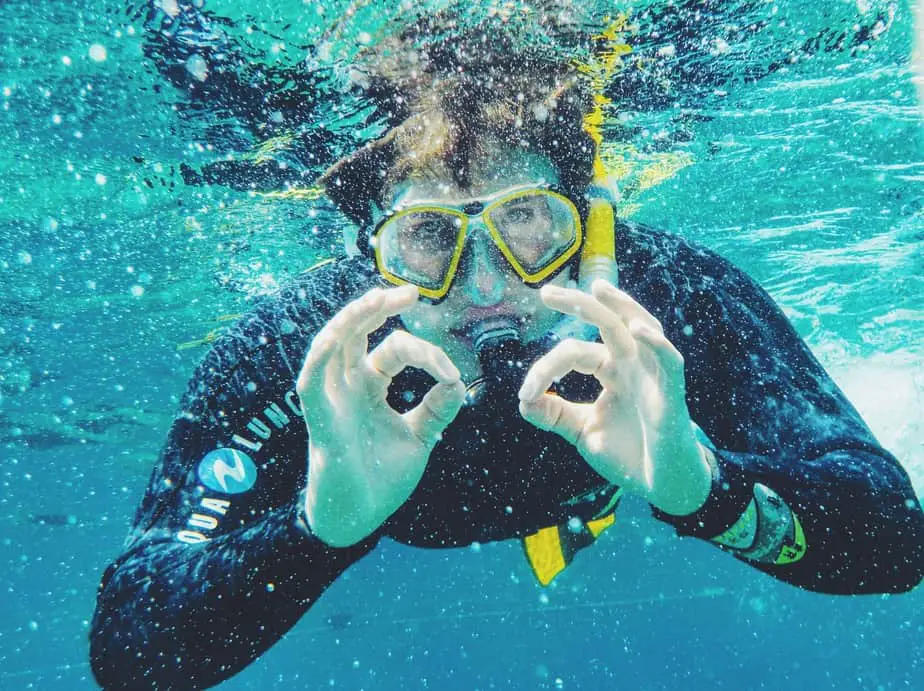
Staff at dive shops or resorts will be more than happy to answer your questions regarding their gear. It’s their job after all, and a satisfied customer will do their business good. Remember how we told you to read online reviews? Any competent dive shop will know just how powerful online reviews are for the success of their business, and they should go out of their way to cater to you.
Here are some examples of questions you should ask:
- How often is the snorkel gear serviced?
- How often is the equipment tested?
- When/where did they purchase their snorkel gear?
- Any questions regarding how to safely use the equipment.
Obviously this is in addition to your other questions like asking for the price, asking about the weather conditions, and when you should return the equipment.
If the staff get mad at you for asking questions, this is a massive red flag and you should turn right around and walk out the door. Their refusal to answer just means they admit that they aren’t taking good care of their rentals or that they are incompetent and that it’s probably not safe to avail their services.
Check the snorkel gear yourself
You should give the rental equipment a thorough inspection before you fully commit to renting them. If you need advice, ask the staff in the store to show you how to properly put on the equipment and how to take advantage of all of their features. We will discuss what to look out for in the two most important pieces of snorkel equipment, the mask and the snorkel.
Checking the mask
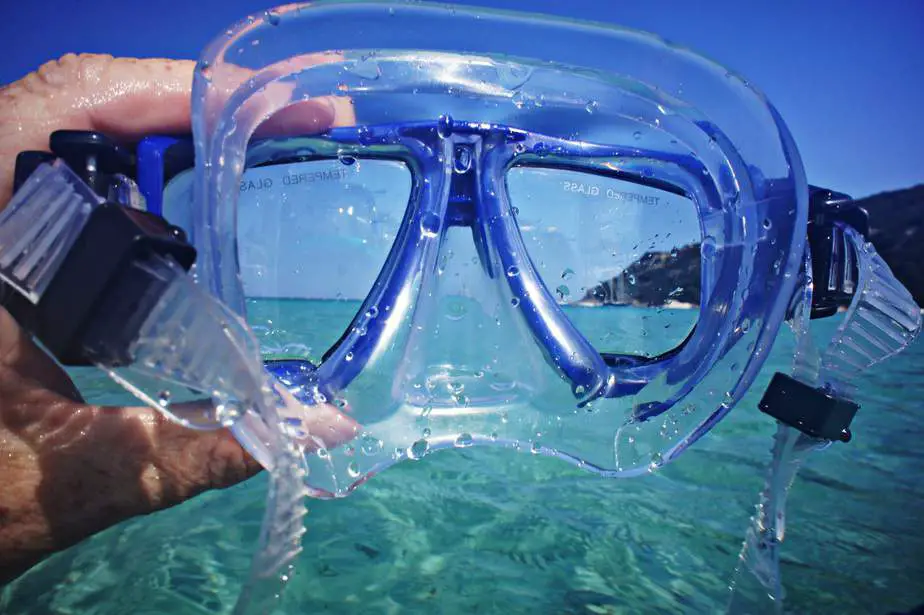
When it comes to the mask, it needs to fit comfortably and snugly on your face. The snorkel mask is what will keep the water from getting into your eyes, and it doubles as your window to the underwater world.
It’s crucial, then, to check the mask doesn’t leak. To facilitate this, the shape of the mask and the silicone skirt needs to match your facial structure and to seal tightly against the skin. If you have a narrow face, then you need a corresponding snorkel mask for narrow faces, and so on.
An ill-fitting mask can be dangerous. If water keeps entering and getting into your eyes, this can disrupt your vision and force you to stop. Depending on how comfortable you are with clearing your mask, this is either a minor issue or one that is panic-inducing. If water keeps leaking in, it can ruin your snorkeling experience and possibly make it unsafe.
One common cause of a mask failing to seal has to do with errant strands of hair getting in the way of the silicone skirt and your skin, and commonly facial hair for men. There are ways you can improve the mask seal to increase its safety, or try to get a mask that works with beards and mustaches, however the easiest way is to shave off facial hair and to tie back long hair.
Another potential issue is the mask fogging up. You should know how to prevent this from happening. One way is to rinse the mask with anti-fog or diluted baby shampoo to wash off any oil and debris on the mask. Fogging up is something that will happen naturally as the warmth of your face and the moisture inside causes the lens to fog over, so you also need to know how to clear your mask in order to stay safe while snorkeling.
Some dive shops even rent out prescription snorkel masks for those who need glasses. However, they are not the most effective because they may not have your prescription, and they definitely don’t account for different prescriptions for each eye. You can wear contact lenses to go snorkeling, but they are useless if water keeps getting in and washing them out.
If you are renting a full face mask, you must be extremely careful. Some older models of full face masks may potentially cause CO2 buildup, meaning the exhaled air is not being fully vented out and is stuck in the mask. If you find that you are getting lightheaded or dizzy when snorkeling with a full face mask, take it off immediately.
A study was conducted on the safety of full face masks, and the conclusion is that it’s not any more dangerous than a traditional mask and snorkel. It’s up to you to decide that, but we think it’s safe, especially if you get the newer models for yourself and your kids.
Your mileage may vary when it comes to the fit and comfort levels of a rented snorkel mask. If the mask just generally looks and feels low quality, or if it is visibly damaged, you can just turn around and walk out the door because it will probably perform poorly.
Checking the snorkel
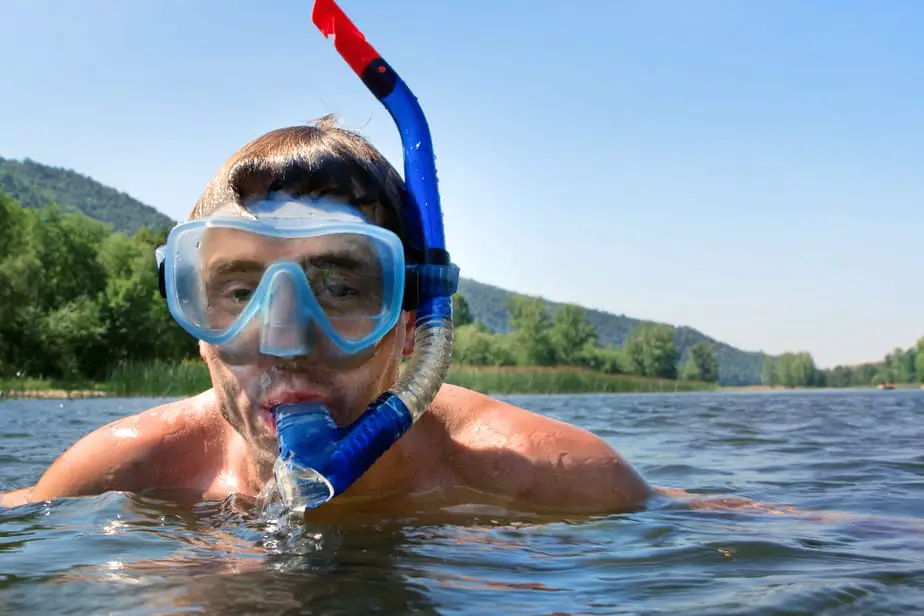
If you’re renting snorkel gear, this is probably the piece of equipment you’re most worried about and for good reason.
The snorkel is what you breathe with, so it needs to have good airflow both in and out of it. The mouthpiece of the snorkel is where you, well, put your mouth. And who knows how many other strangers with questionable hygiene have put their mouths on it? Who knows if the snorkel was even sanitized properly? This is why we recommend asking the dive shop for their equipment cleaning procedure.
Since hygiene is such a concern, particularly during COVID-19, we highly recommend cleaning the snorkel yourself. Completely submerge it in a plastic container full of warm soapy water and let it sit for 30 minutes. Afterwards, rinse off the bubbles and make sure to scrub any nooks and crannies that you might have missed.
As for testing the effectiveness of the snorkel, do so in a shallow pool. When inhaling and exhaling, make sure you are taking slow and deep breaths. This is how you can get maximum airflow and decrease the chance of CO2 buildup. If you feel like you are not getting enough air or you are suffocating, either something is wrong with your breathing technique or it’s the snorkel’s fault.
Depending on the type of snorkel you’re using, i.e. if you’re using a dry or semi-dry snorkel, then you should test its splash guard and float valve mechanism. These features keep most of the water from entering the tube. In the case of a dry snorkel, try fully submerging the snorkel and see if the float valve mechanism is effective. It should seal the tube opening, preventing water from entering.
During this time, since the tube is sealed, you will not be able to breathe as well. Do not panic, this is normal. Make sure you surface so that the float valve will drop back down and open up the tube. Sometimes the float valve can get stuck in a closed position, and this is a sign the rental snorkel is faulty.
If water does make it into the tube, there should be a water reservoir at the base of the snorkel and a one way purge valve mechanism to clear the reservoir of water. By forcefully exhaling with your mouth, it should expel the water in the reservoir. These features will ensure you don’t end up swallowing water while snorkeling which is a safety hazard, particularly for newbies.
Why do so many checks?
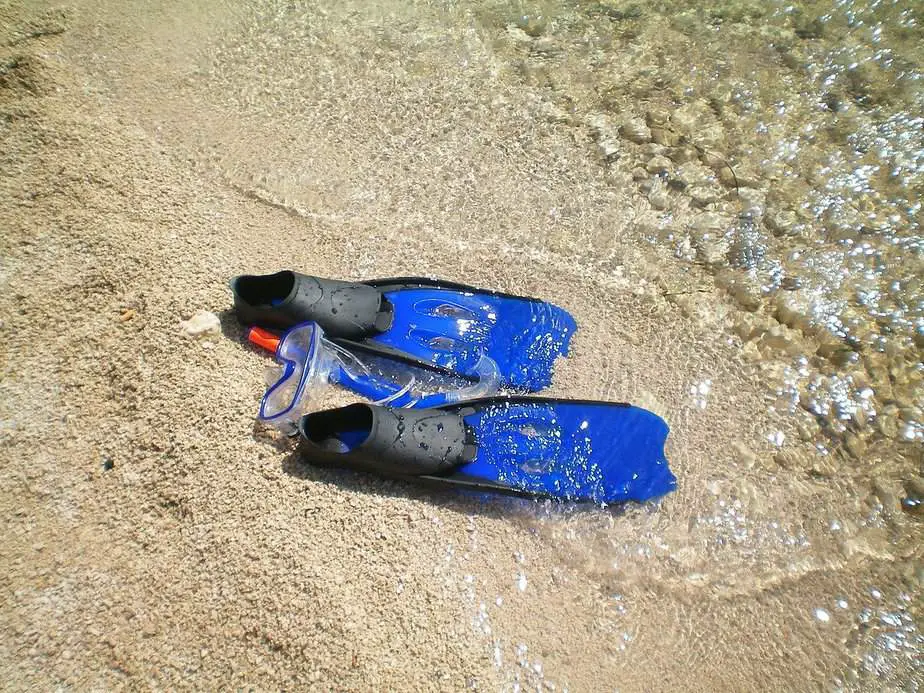
Doing these checks is important not only to ensure your safety, but also for your peace of mind. You need to be able to trust your equipment if you can enjoy your snorkeling sessions. There is no joy to be had if you keep second guessing them or have a nagging feeling that you can’t do what you want to do because your rental snorkel gear can’t keep up.
Plus, there is a legitimate safety concern if your gear fails you. For instance:
- A faulty snorkel can make it difficult to get enough fresh air and to clear out the CO2 from the tube. If you lose consciousness due to CO2 buildup, you can literally die if no one else is around to help you.
- If a dry snorkel has its float valve mechanism malfunction such that it is locked in a permanently shut position, then you cannot breathe and this can be panic-inducing until you figure out what’s wrong.
- If a mask keeps leaking and you suddenly lose vision, this can cause a beginner to panic.
- Damaged wetsuits can affect buoyancy and fail to maintain your body temperature.
- A snorkel vest with a punctured air bladder will leak air and fail to keep you buoyant.
Need we go on? There are many reasons why a faulty piece of rental snorkel gear could put your life at risk.
It’s up to you to do your own due diligence and research the heck out of the dive shops you might be renting from. Even when you’re there, ask them questions, ask to try out the gear, and look for any obvious signs of damage or uncleanliness. Rental snorkel gear is safe for the most part, but part of that will be due to your own efforts.

